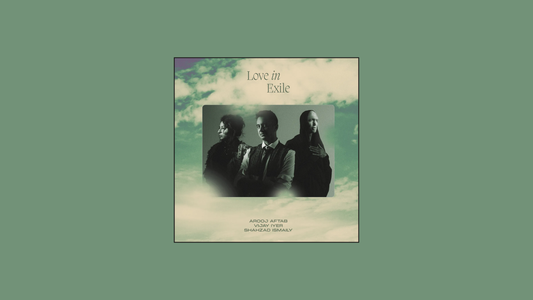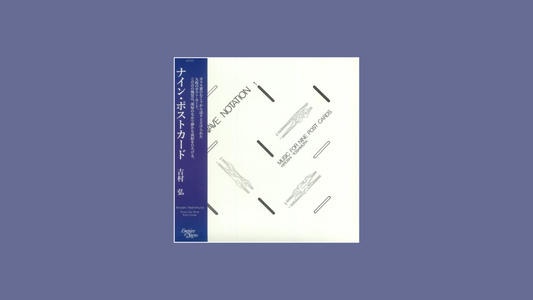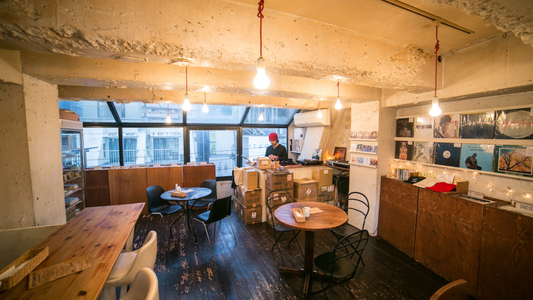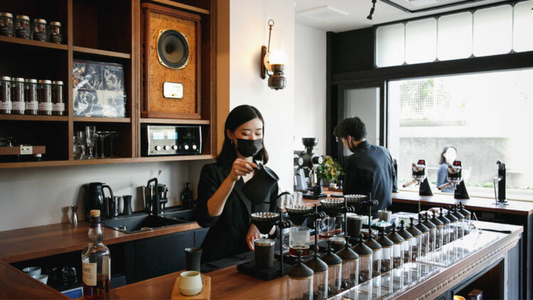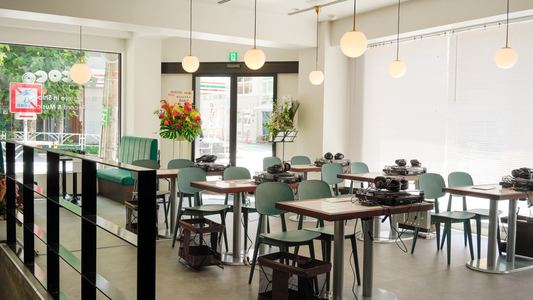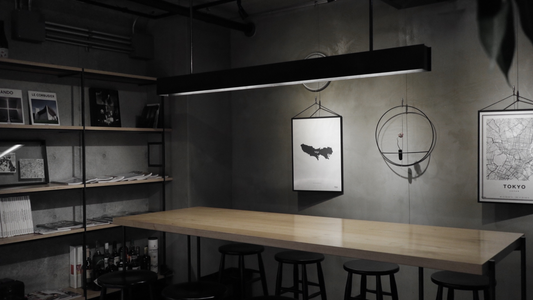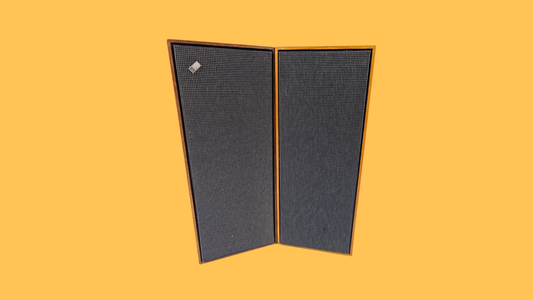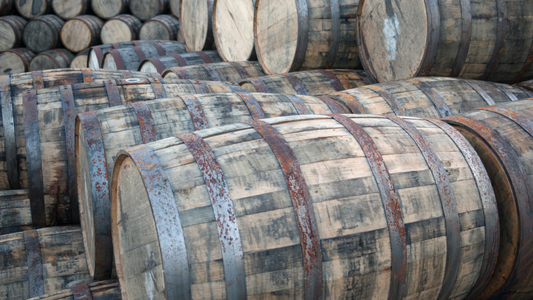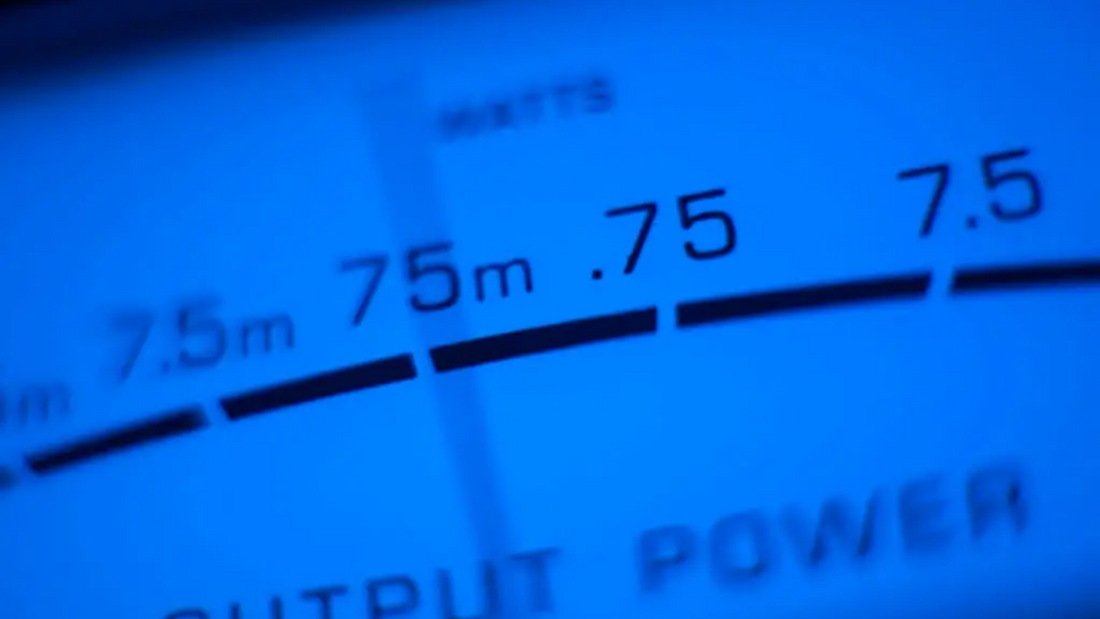
McIntosh — Blue Meters and the American Dream of Power
By Rafi Mercer
There is a glow you can spot across a room before you even hear a note. Two square dials, illuminated in electric blue, needles swaying like the pulse of the music itself. McIntosh amplifiers don’t hide in the rack — they announce themselves. They are the sound of American ambition translated into hi-fi, machines built not just to reproduce music but to embody permanence. In listening bars, where presentation is part of the ritual, McIntosh is both furniture and philosophy.
Founded in 1949 in Binghamton, New York, McIntosh carved its reputation in the golden age of hi-fi. The company’s amplifiers, clad in glass and chrome, were as recognisable as jukeboxes or Cadillacs — an American aesthetic of size, shine, and authority. But it wasn’t style alone. McIntosh circuits were engineered for stability, delivering high power with vanishing distortion. When the Grateful Dead built their “Wall of Sound” in 1974, it was rows of McIntosh amplifiers that gave it muscle. When Woodstock needed to fill a hillside with music, McIntosh did the heavy lifting.
That heritage matters in a bar. To see those blue meters glowing behind a counter in New York or Tokyo is to feel a direct line back to the days when amplification itself felt heroic. A McIntosh doesn’t just play music; it frames it in confidence. The bass has authority, the treble has sheen, the midrange stands tall. It is not the soft warmth of a valve amp, nor the cool exactness of a studio monitor chain. It is something in between — a solidity that reassures, like the weight of oak under your arm in an old bar.
McIntosh has always been about scale. Their solid-state behemoths deliver hundreds of watts into any speaker load, with transformers that make them feel indestructible. But there is nuance too: their tube amplifiers, like the MC275, retain a glowing romance, beloved in jazz rooms and listening spaces where intimacy matters more than spectacle. That duality — brute force and glowing subtlety — is what makes the brand so adaptable to listening bars.
I remember an evening in a Manhattan lounge where a pair of Bowers & Wilkins 802s were driven by McIntosh monoblocks. The blue meters danced softly as Donald Byrd’s Places and Spaces filled the room. The sound was not polite. It was rich, confident, expansive — like the city itself. People didn’t need to lean in; the music carried to every corner with ease, without strain. It was hi-fi as hospitality, music served generously.
The aesthetics help too. In a listening bar, equipment is never invisible. The glass faceplates, the chrome trim, the glowing logos — all give McIntosh the presence of a sculpture. Unlike minimalist European designs that vanish into racks, McIntosh amplifiers are part of the theatre, part of what makes the space feel curated. Patrons sip whisky not just in the company of music, but in the company of those blue-lit dials, keeping time with the night.
For some, McIntosh represents excess — too heavy, too shiny, too American. But in listening culture, excess can be part of the experience. It reminds us that fidelity is not always about restraint. Sometimes it is about giving music a stage big enough to fill the room without apology.
Seventy-five years on, McIntosh still builds in Binghamton, still polishing glass and lighting meters in blue. In a world of transient gadgets and plastic boxes, that continuity is its own reassurance. To play a record through a McIntosh is to believe, for a moment, in permanence — in machines made to outlast us, in sound built to carry.
In the glow of those meters, a listening bar becomes more than a place to drink and hear records. It becomes a stage where power, history, and music converge. Blue light, chrome edges, and the sound of the American dream, still alive in every note.
Rafi Mercer writes about the spaces where music matters. For more stories from Tracks & Tales, subscribe, or click here to read more.
